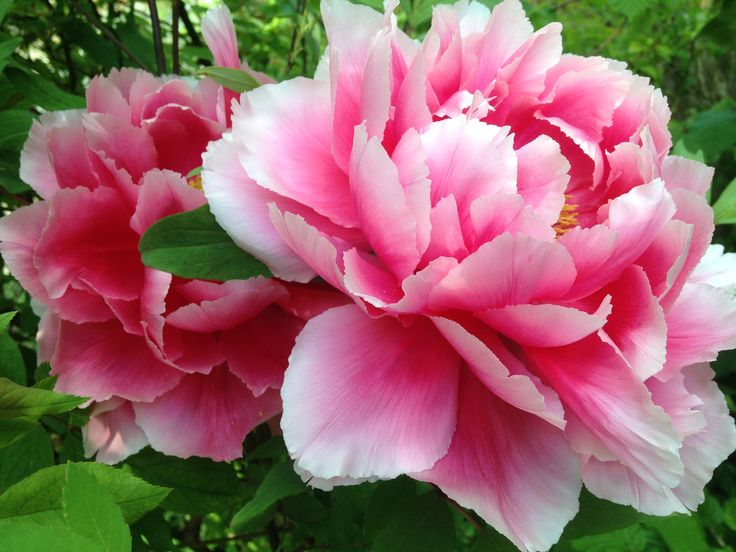Peony leaf issues can arise due to various factors, including fungal diseases, nutrient deficiencies, pests, and environmental stressors. Recognizing the symptoms of common leaf problems and implementing appropriate treatment strategies are essential for maintaining the health and vitality of peony plants. In this guide, we’ll explore how to identify and address leaf issues in peonies, empowering you to effectively manage and protect your garden beauties.







Common Peony Leaf Problems
1. Powdery Mildew
- Symptoms: White, powdery growth on the upper surface of leaves, often accompanied by yellowing or browning.
- Treatment: Apply fungicidal sprays, such as neem oil or sulfur dust, to control fungal growth. Improve air circulation and avoid overhead watering to reduce humidity levels.
2. Botrytis Blight
- Symptoms: Brown lesions, moldy growth, and flower bud rot on leaves and stems, especially during cool, wet weather.
- Treatment: Prune and remove affected plant parts promptly. Apply fungicidal sprays and improve soil drainage to reduce moisture levels.
3. Leaf Spot
- Symptoms: Circular, dark brown or black spots on peony leaves, often surrounded by a yellow halo.
- Treatment: Remove and dispose of infected leaves. Apply fungicidal sprays and practice good sanitation to prevent spread.
4. Nutrient Deficiencies
- Symptoms: Yellowing, browning, or distorted leaves, indicating deficiencies in nitrogen, phosphorus, potassium, or micronutrients.
- Treatment: Amend soil with organic fertilizers or nutrient-rich compost. Apply foliar sprays containing essential nutrients as needed.
5. Pest Damage
- Symptoms: Holes, chewed edges, or stippling on leaves caused by pests such as aphids, thrips, or caterpillars.
- Treatment: Use insecticidal soaps, neem oil, or natural predators to control pest populations. Remove and destroy heavily infested foliage.
Effective Management Strategies
1. Regular Inspection
- Monitor peony plants closely for signs of leaf problems, including discoloration, spots, or unusual growth patterns. Early detection allows for prompt intervention.
2. Proper Watering
- Water peonies at the base of the plant early in the day to prevent moisture accumulation on leaves, which can contribute to fungal diseases. Avoid overhead watering.
3. Soil Improvement
- Maintain well-draining soil rich in organic matter to promote healthy root development and reduce the risk of fungal infections and nutrient deficiencies.
4. Pruning and Sanitation
- Prune diseased or damaged foliage from peony plants regularly to improve air circulation and prevent the spread of pathogens. Dispose of infected plant material away from the garden.
5. Balanced Nutrition
- Provide peony plants with adequate nutrients through organic fertilizers and soil amendments to support overall health and resilience against leaf issues.
Conclusion
By familiarizing yourself with the symptoms of common leaf problems in peonies and implementing proactive management strategies, you can effectively recognize, treat, and prevent issues that may affect the health and appearance of your plants. With proper care and attention, your peonies can thrive and continue to delight with their lush foliage and stunning blooms.